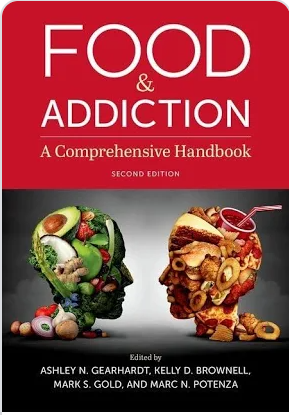
The Question vs. Answer Disparity
A recent post here inquired, “Are crucial questions being addressed?” One of them is, “Why is it even necessary to ask that particular question?”
Whenever a major story hits the news, the same phenomenon can be observed. Generally, the public hears an awful lot about one aspect, or a couple of major aspects, of the event. Some in-depth, long-form reporting still exists, of course, but most people have neither the time nor the inclination to pursue any topic with the rigor of either a Ph.D. candidate or a law enforcement officer.
About the GLP-1 receptor agonists and the other concoctions with similar intent, questions litter the landscape. There are some whose answers the drug companies love to flaunt in everybody’s faces, and then there are questions concerning some aspects of testing that they are not particularly anxious to discuss in any public forum.
When it comes to the usefulness of the new weight-loss drugs, a number of matters seem to have been under-discussed — except by such journalists as Lisa Jarvis, whose expertise encompasses the pharmaceutical industry and the fields of biotech and health care.
For example:
Among the 60 trials for tirzepatide listed on clinicaltrials.gov, just one seems designed to understand whether a lower dose can be as effective as a high one at maintaining weight loss. But clearly more studies will be needed guide what long-term treatment will look like.
Many published scientific papers wind up with the same prediction/recommendation: basically, the world needs more information. This is only natural. The researchers portray themselves as conscientious explorers who do not possess the hubris to claim omniscience. Potential funders are put on notice that more investment will be needed for further study. Also, the disclaimer probably helps to fend off lawsuits.
There is always more to learn. Which patients will be harmed by this discovery? Which stand to benefit most? How much will it cost them? Who will pay the bill? Which essential meds does it clash with? Can members of the team that wrote this paper continue to do meaningful work in this area?
It is easy to imagine the commonly repeated formula adopted as a catchphrase among students:
“Should we grab another six-pack?”
“More studies will be needed.”
What else do we probably not know enough about?
Some currently pressing questions are wide-ranging, and affect many different segments of the economy and of society as a whole. Jarvis mentions potential effects on the food and beverage industries, including both manufacturers like the mega-corporations that make the stuff, and providers such as grocery stores and restaurants.
The airlines and the clothing industry will feel the implications. Insurers (including the government) may be happy to know that treatment with the new drugs can prevent or alleviate such events as heart attack, kidney failure, or stroke.
But considering the price tag, is it worth it to them to encourage prescriptions and prevention, over the traditional system of simply mopping up after medical calamities? The entire field needs to pay attention, as well as such specialized segments as bariatric surgery. And, obviously, the pharmaceutical empires stand to become more powerful than ever before. The journalist reports that “Mounjaro alone could bring in over $50 billion each year. ”
Your responses and feedback are welcome!
Image by Jess/ATTRIBUTION 2.0 GENERIC


